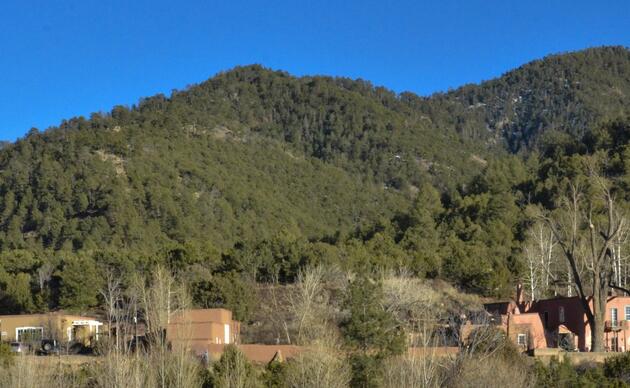Water and Birds in the Arid West: Habitats in Decline
Western Waters. 3min from Audubon.org on Vimeo.
This is a crisis, but the opportunity to resolve it is here.
Did you know that the Western Rivers Action Network is just one of Audubon's efforts to protect water and habitat for birds and other wildlife? It is part of Audubon's Western Water program, which goes beyond working to protect the Colorado River and it's tributaries to include western saline lakes, wetlands, and other critical habitats. These resources sustain tens of millions of people as well as some of America’s richest birdlife, including several species protected by the Endangered Species Act. Particularly tied to these valuable habitats are Eared Grebe, Wilson’s Phalarope, American Avocet, American White Pelican, Southwestern Willow Flycatcher, Western Yellow-billed Cuckoo, and Yuma Ridgway’s Rail.
The National Audubon Society's report, Water and Birds in the Arid West: Habitats in Decline, is the first comprehensive look at the unprecedented impact of western water loss and climate change on birds. In this report, which focuses on the Colorado River basin as well as the network of saline lakes across eight Western states (AZ, CA, CO, NM, NV, OR, UT, WY), Audubon determined that a combination of water development, drought, and climate change threaten these habitats and put millions of birds at risk: U.S. and global populations of many birds that depend on these habitats for resting, feeding and nesting hang in the balance.
“The most urgent threat facing birds and people in the West is a precipitous decline in water quality and availability,” said Dr. Chad Wilsey, Audubon’s director of bird conservation and main author of the Audubon report. “Both rivers and saline lakes across the West need reliable sources of fresh water to continue sustaining not only a rich diversity of birdlife but also the millions of people across rural and urban areas that depend on these systems.”
To read the full report and learn more about Audubon’s Western Water program, please visit www.audubon.org/conservation/western-water.
How you can help, right now
Join the Western Rivers Action Network
Join WRAN to receive action alerts about water issues, as well as issues that are affecting birds across the arid West.
Donate
Help secure the future for birds at risk from climate change, habitat loss, and other threats. Your support will power our science, education, advocacy and on-the-ground conservation efforts.
Nina Mason Pulliam Rio Salado Audubon Center
Visit the Nina Mason Pulliam Rio Salado Audubon Center in Phoenix, Arizona.



